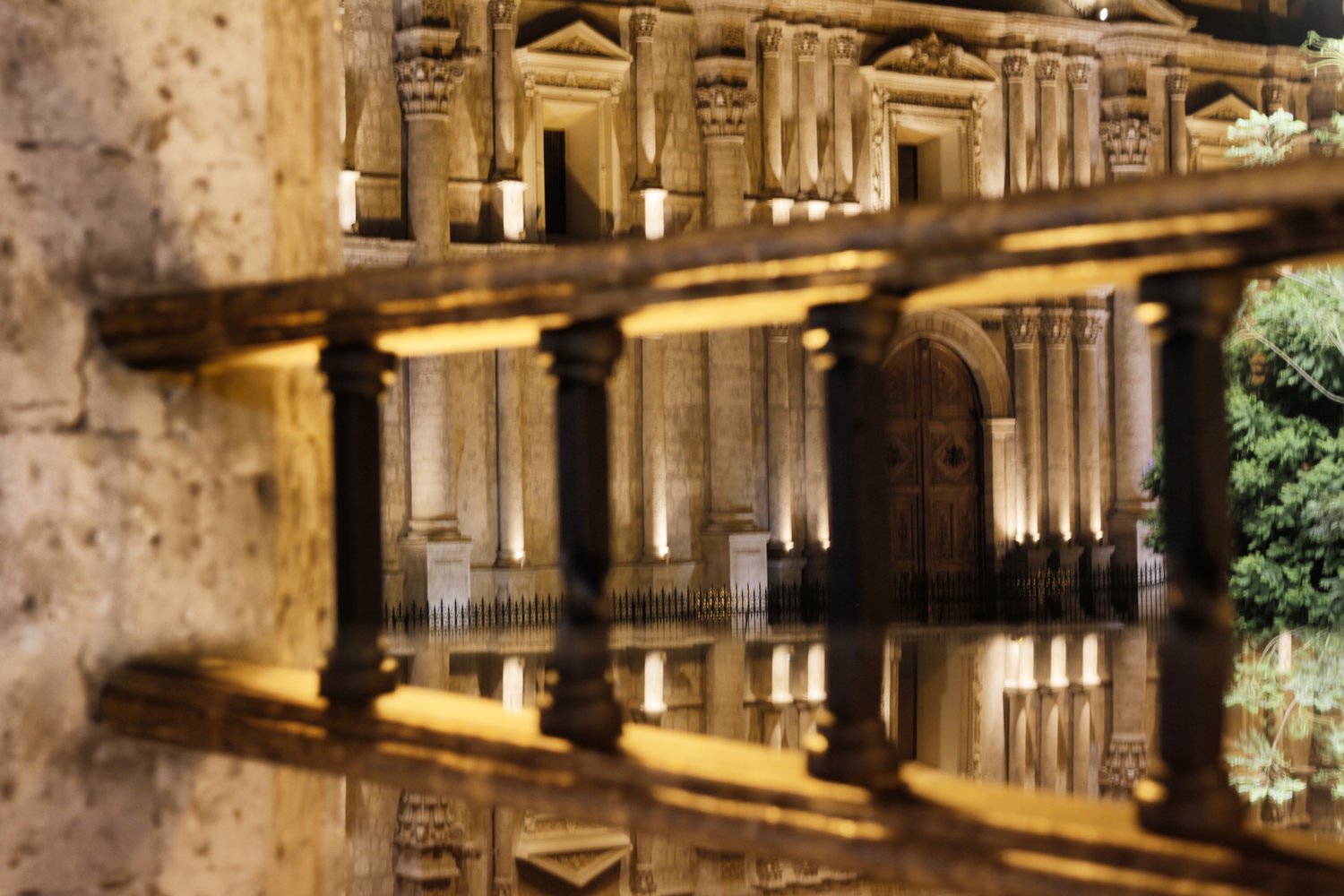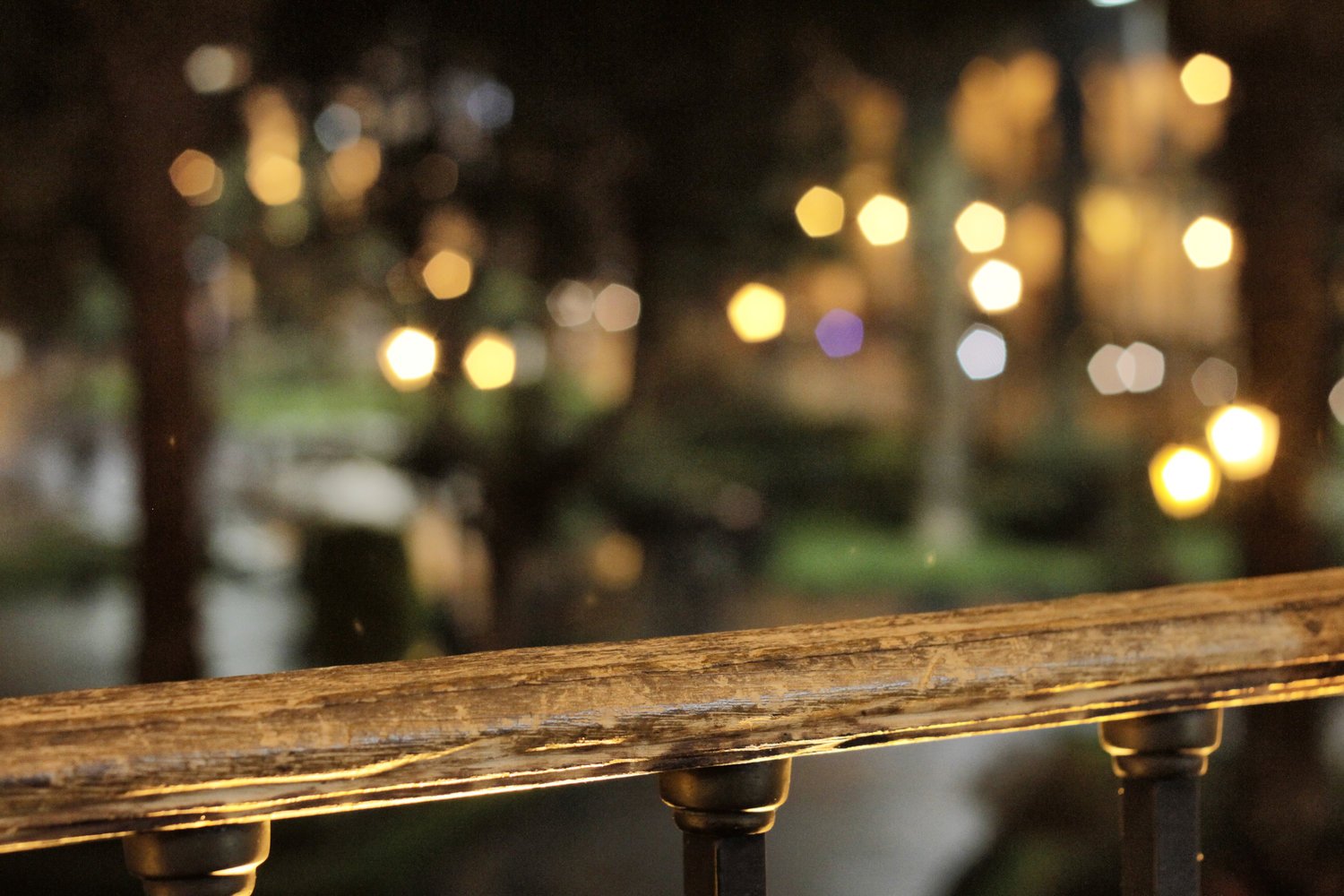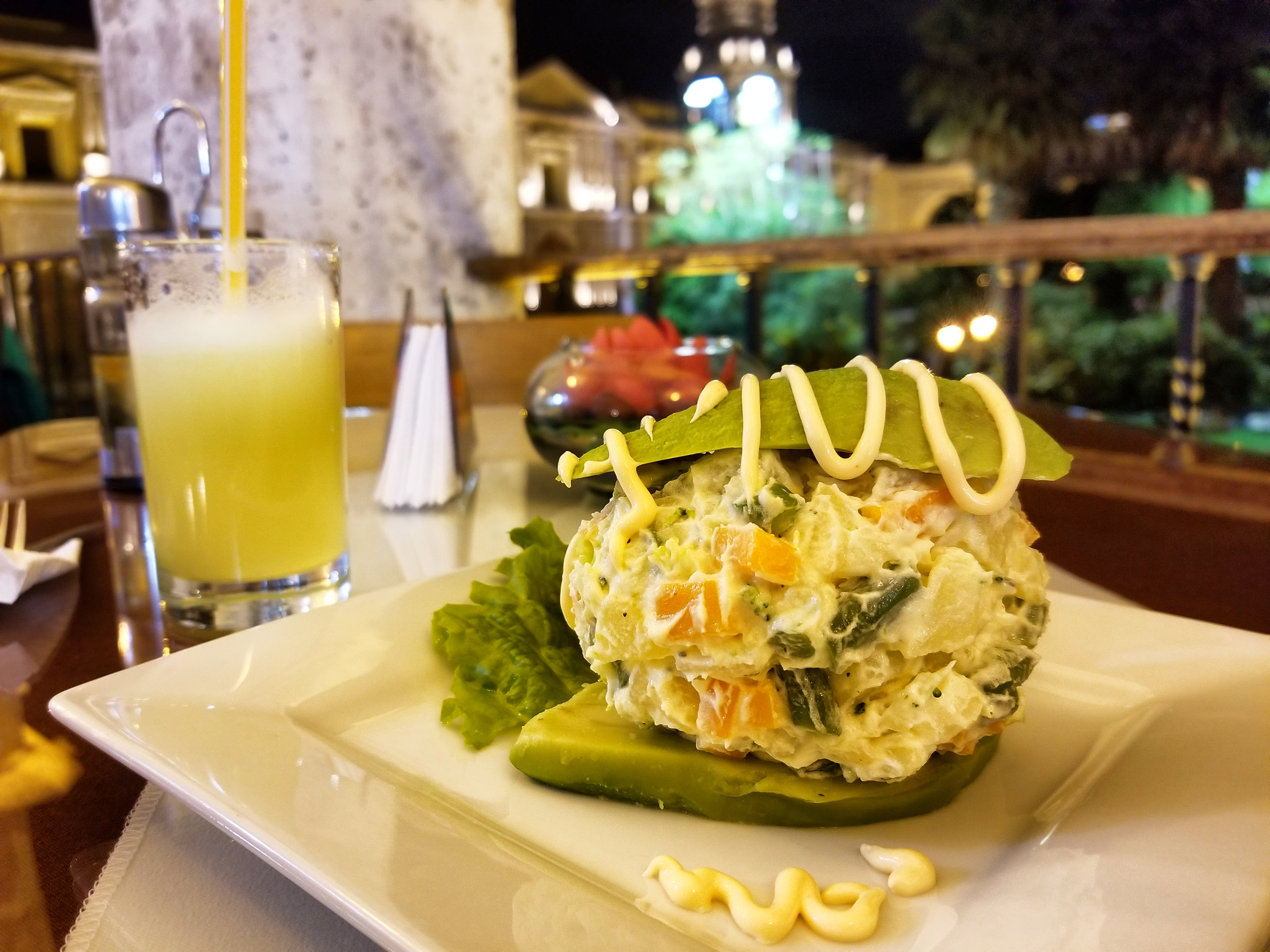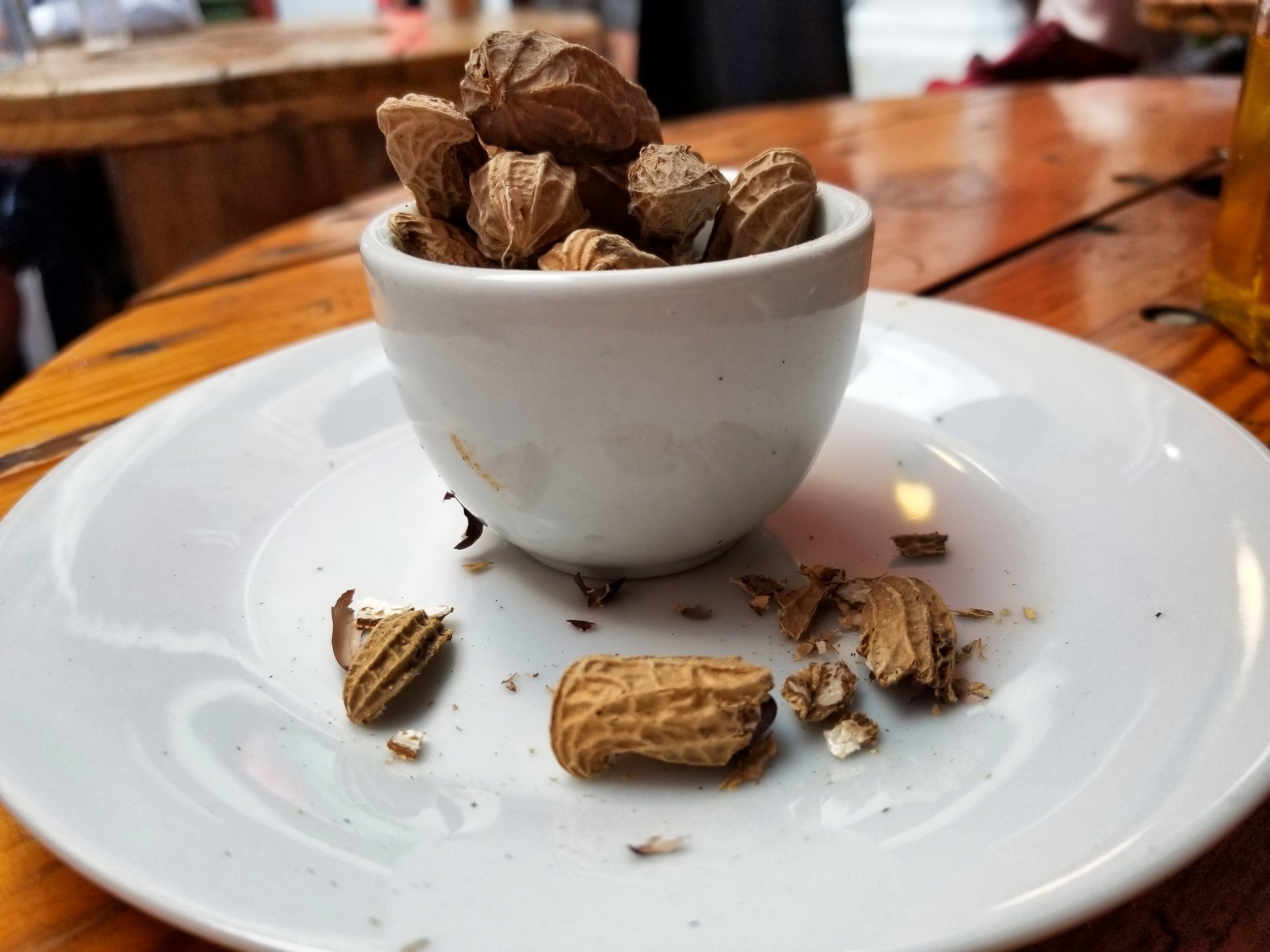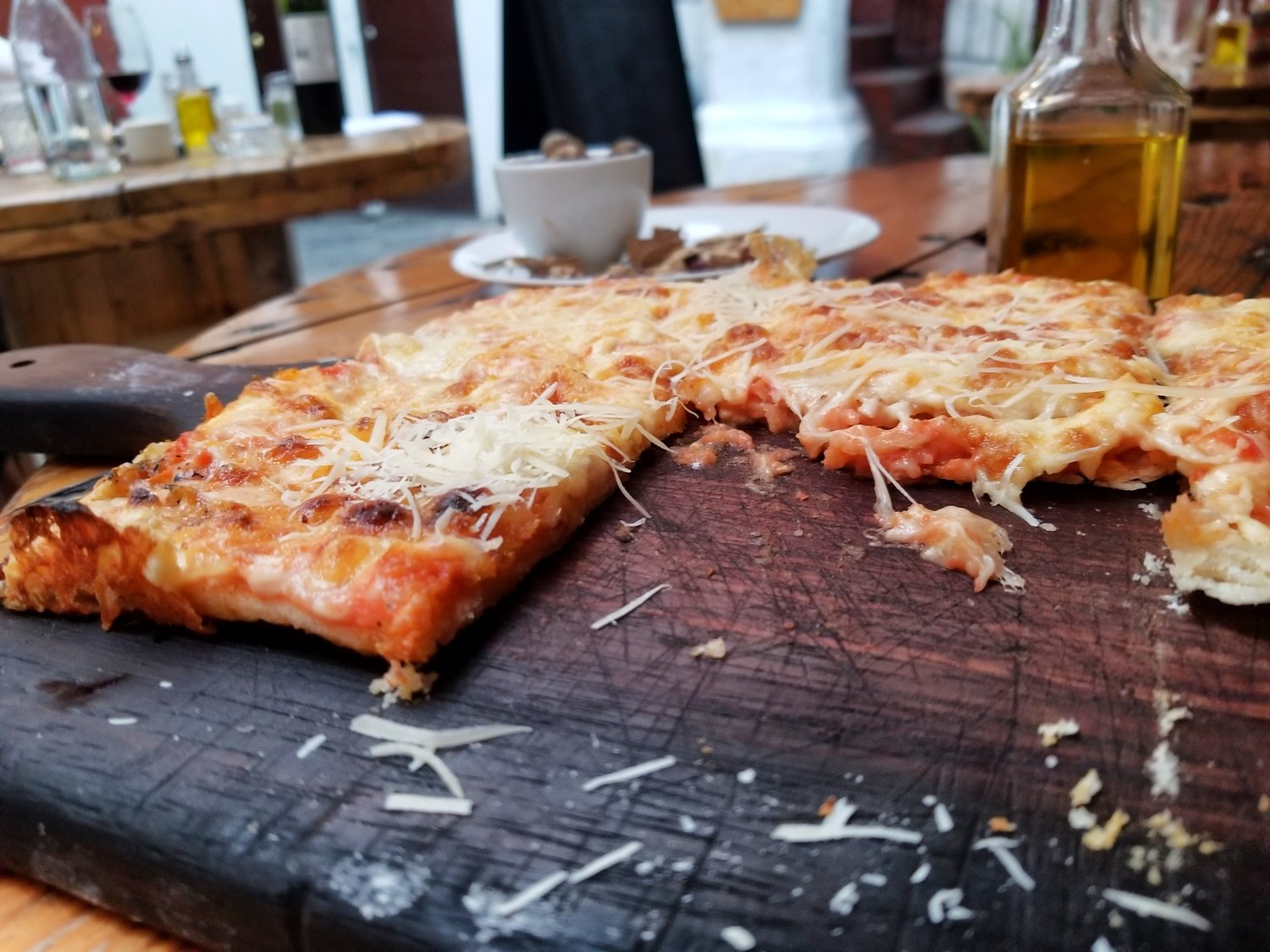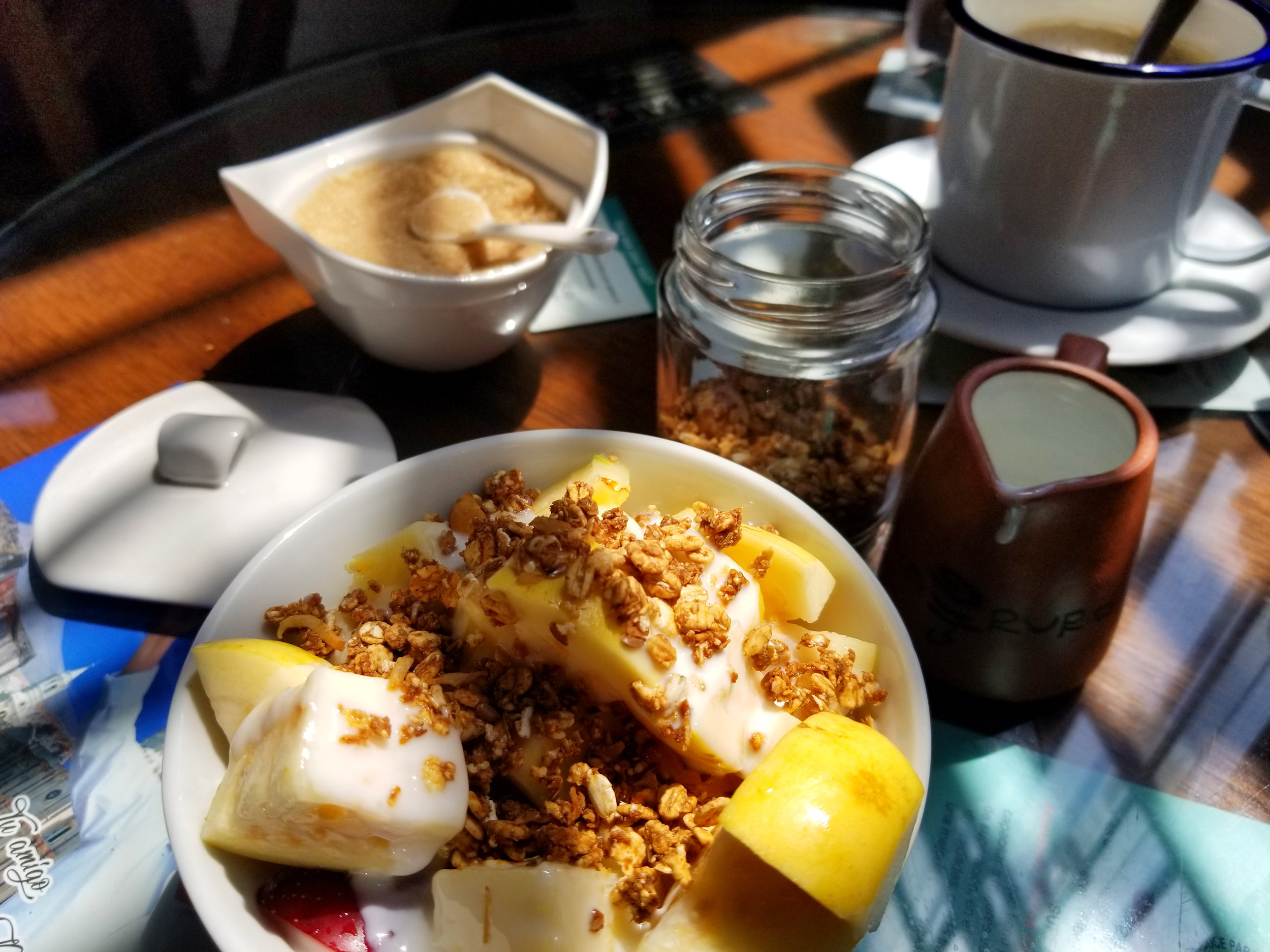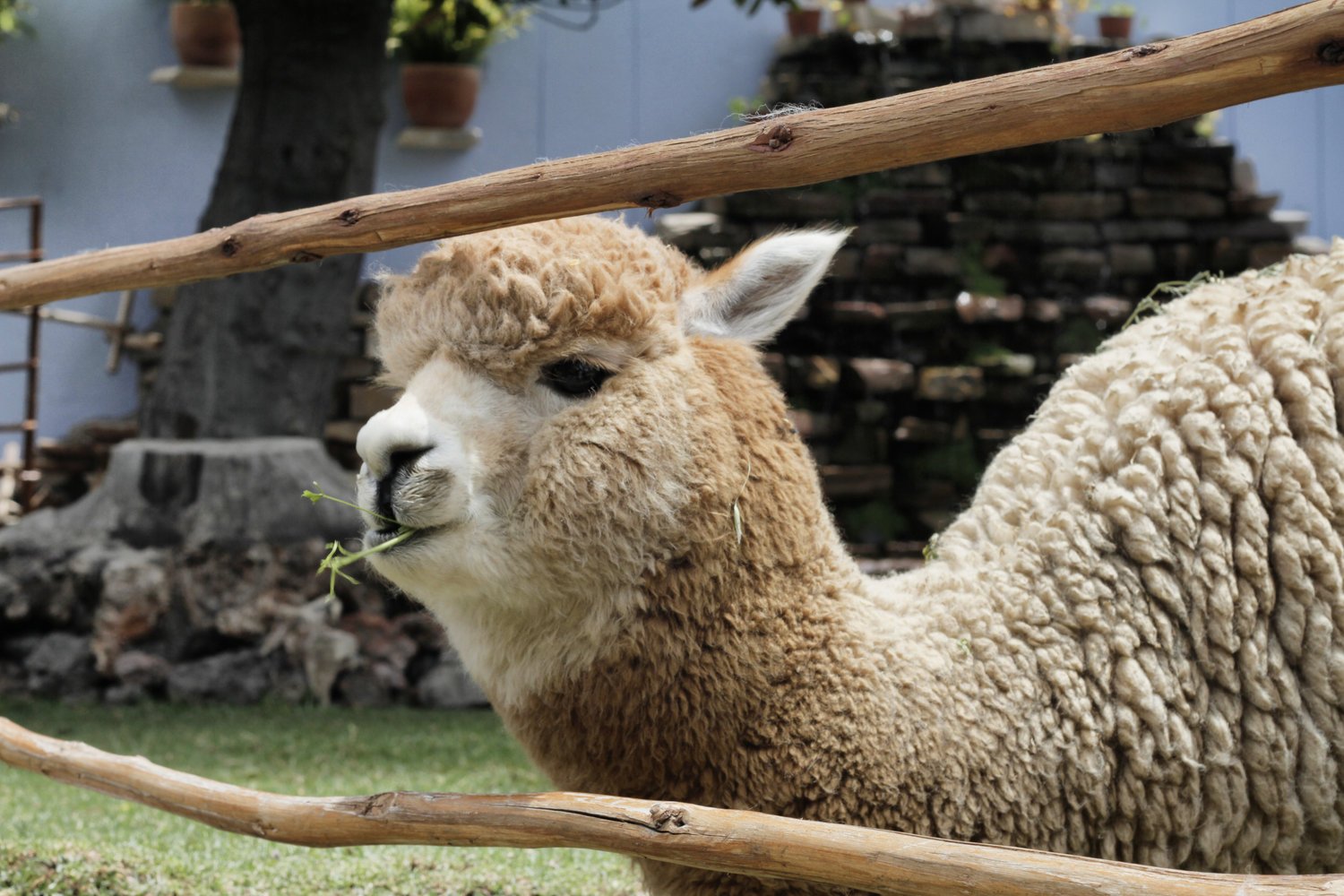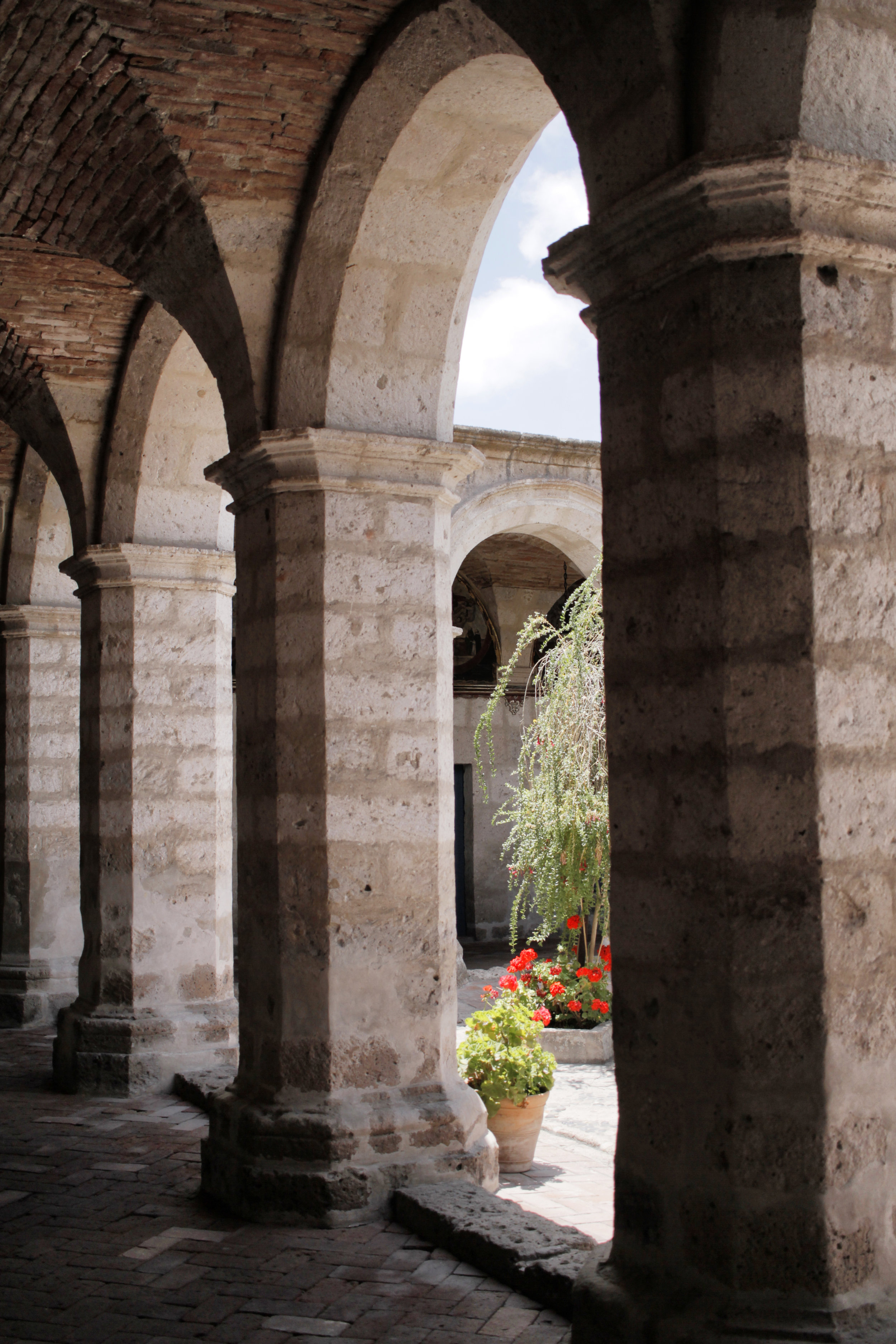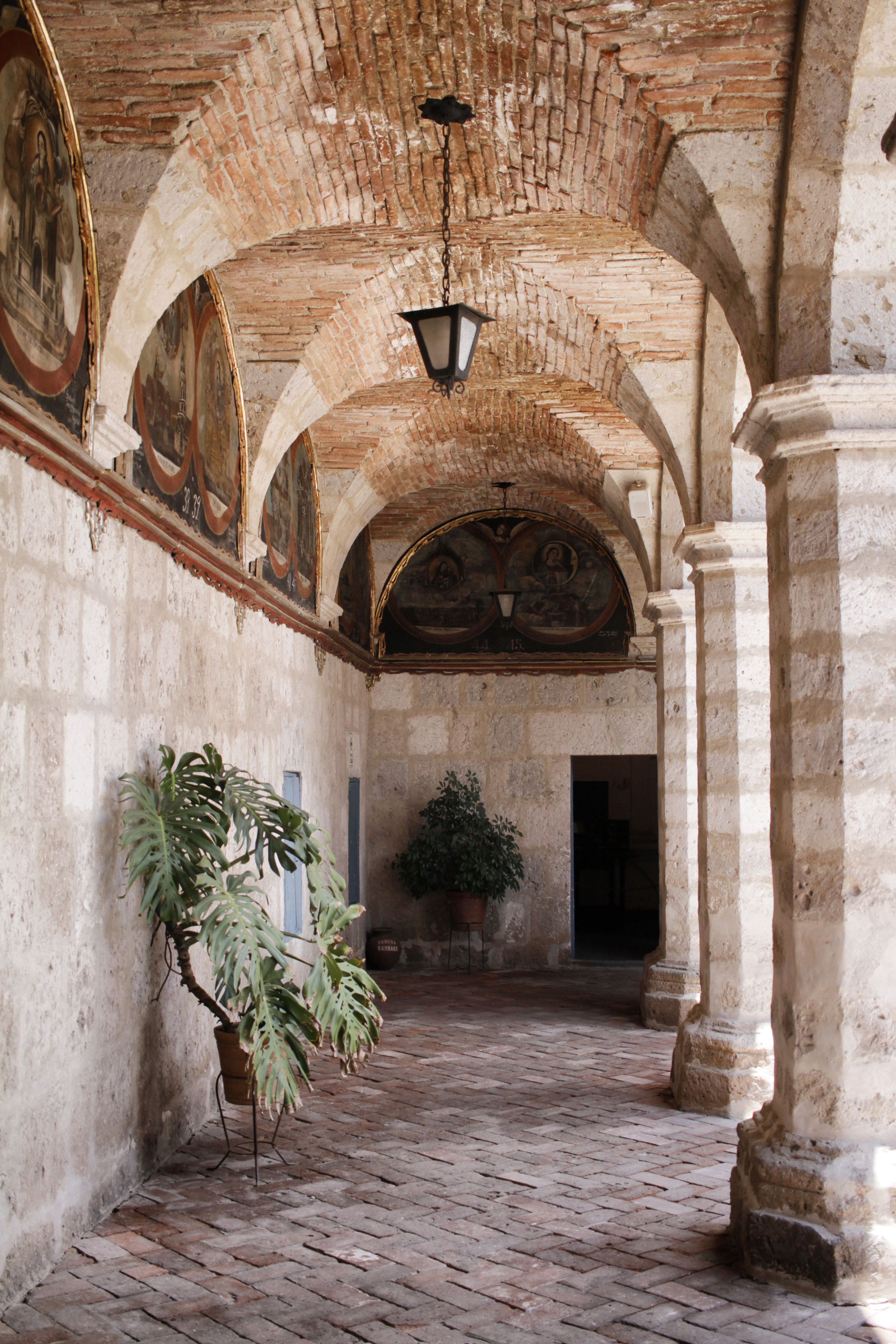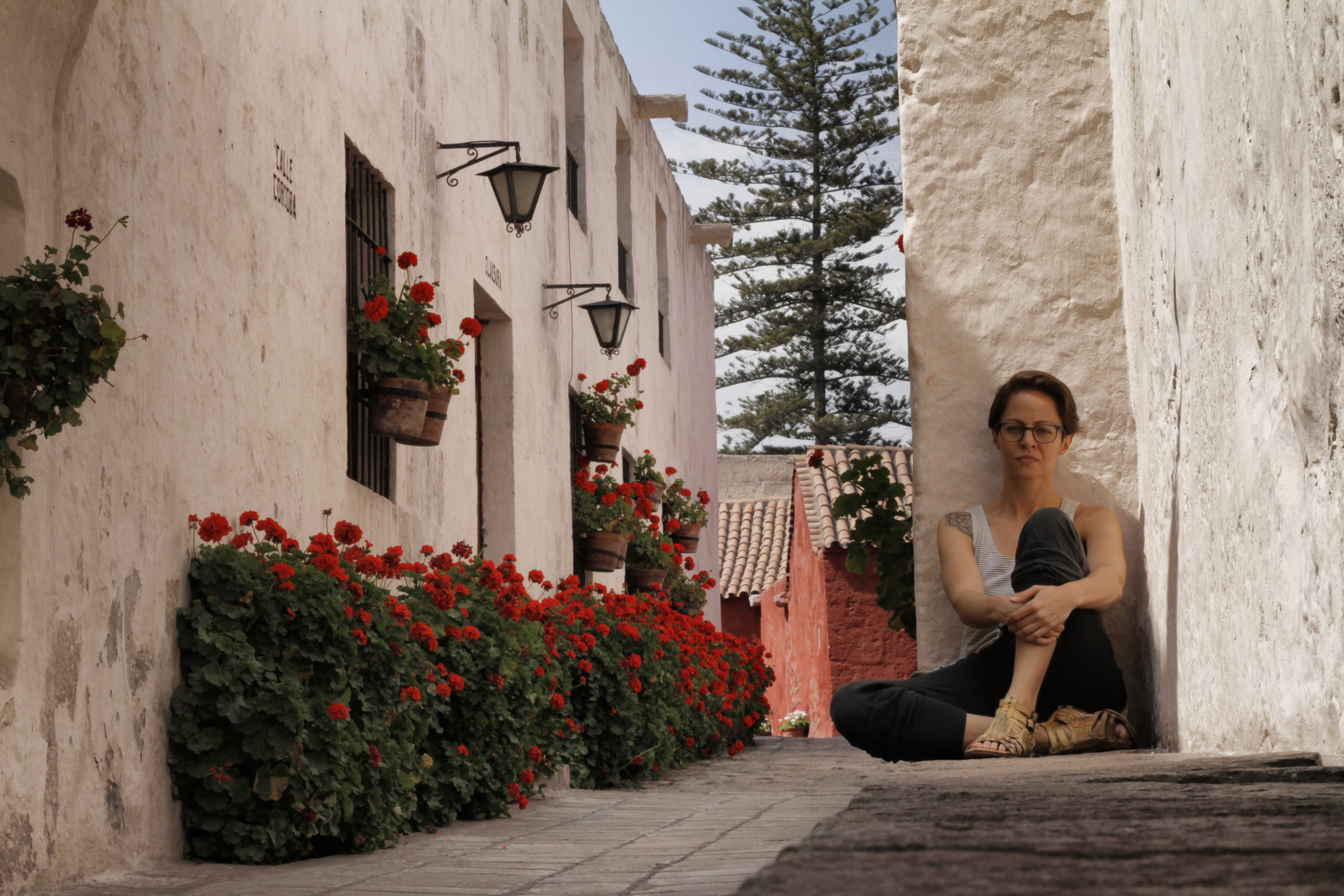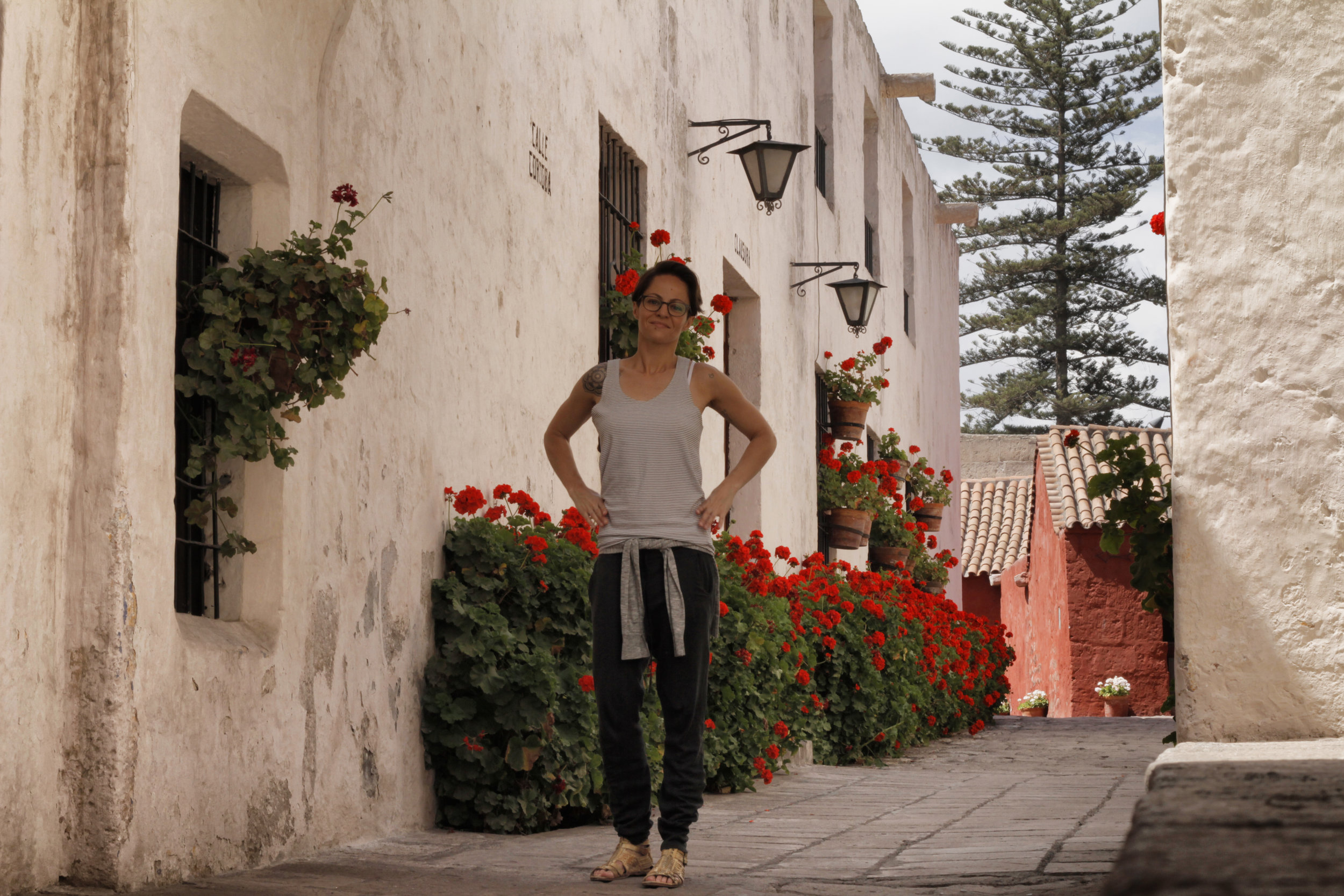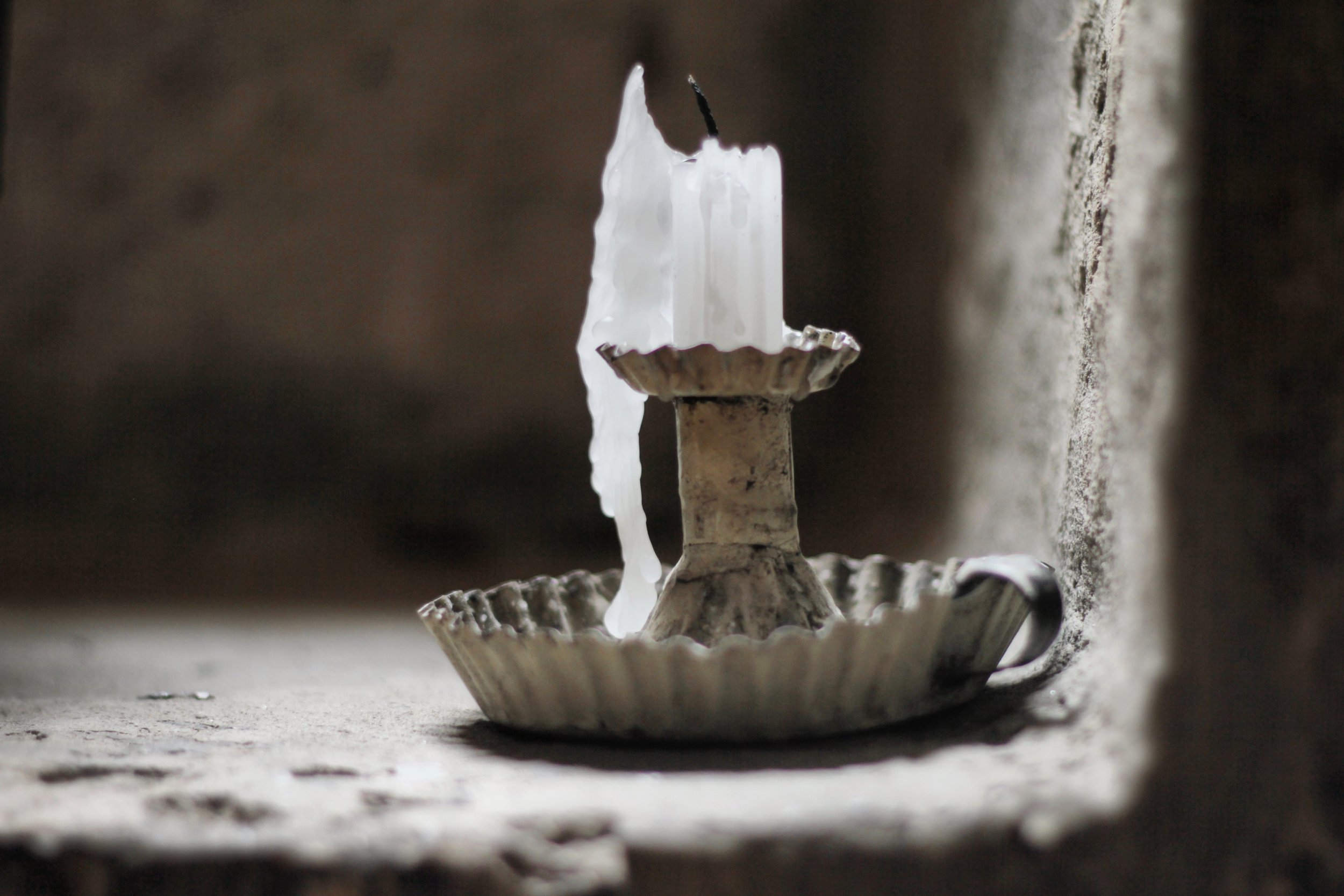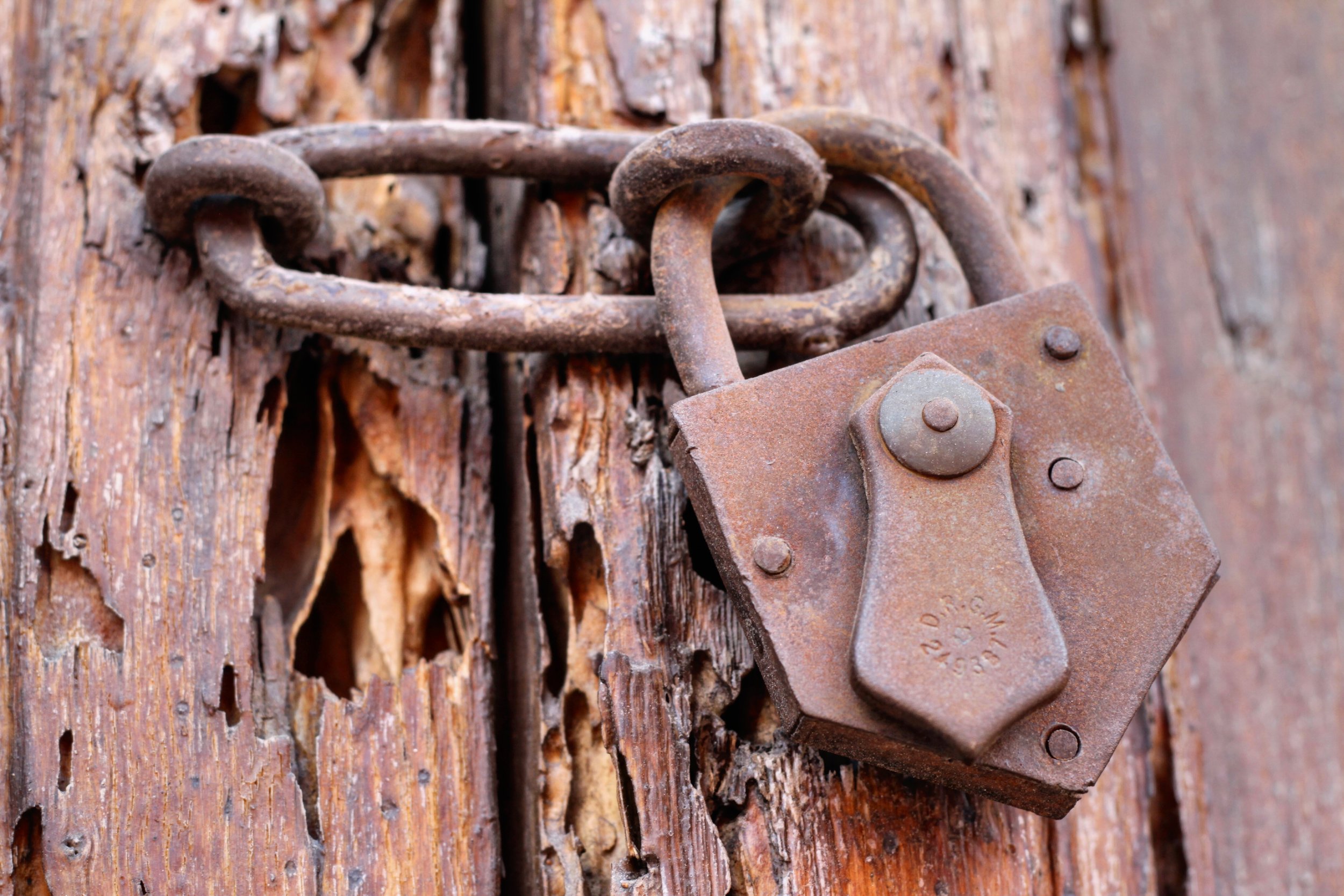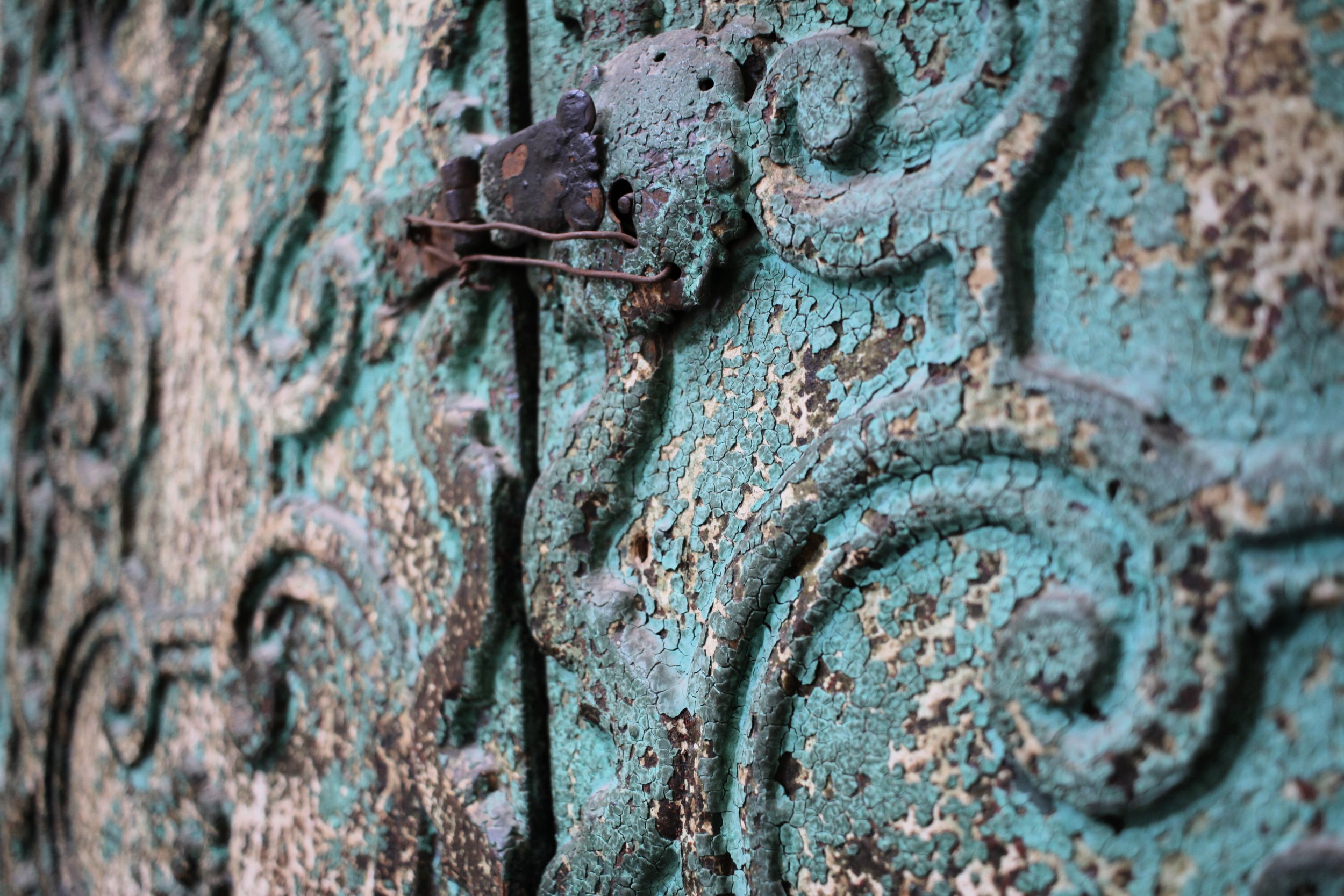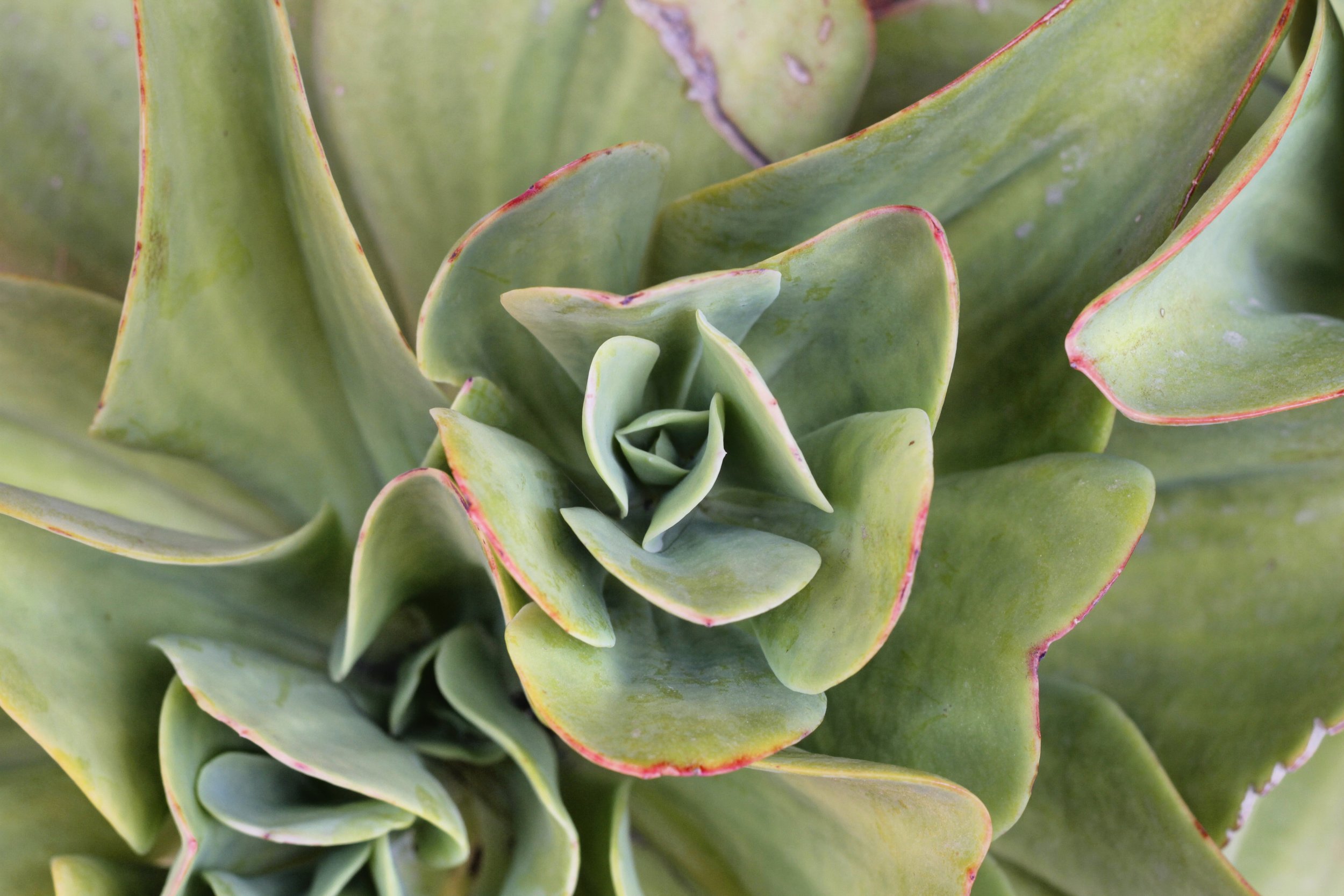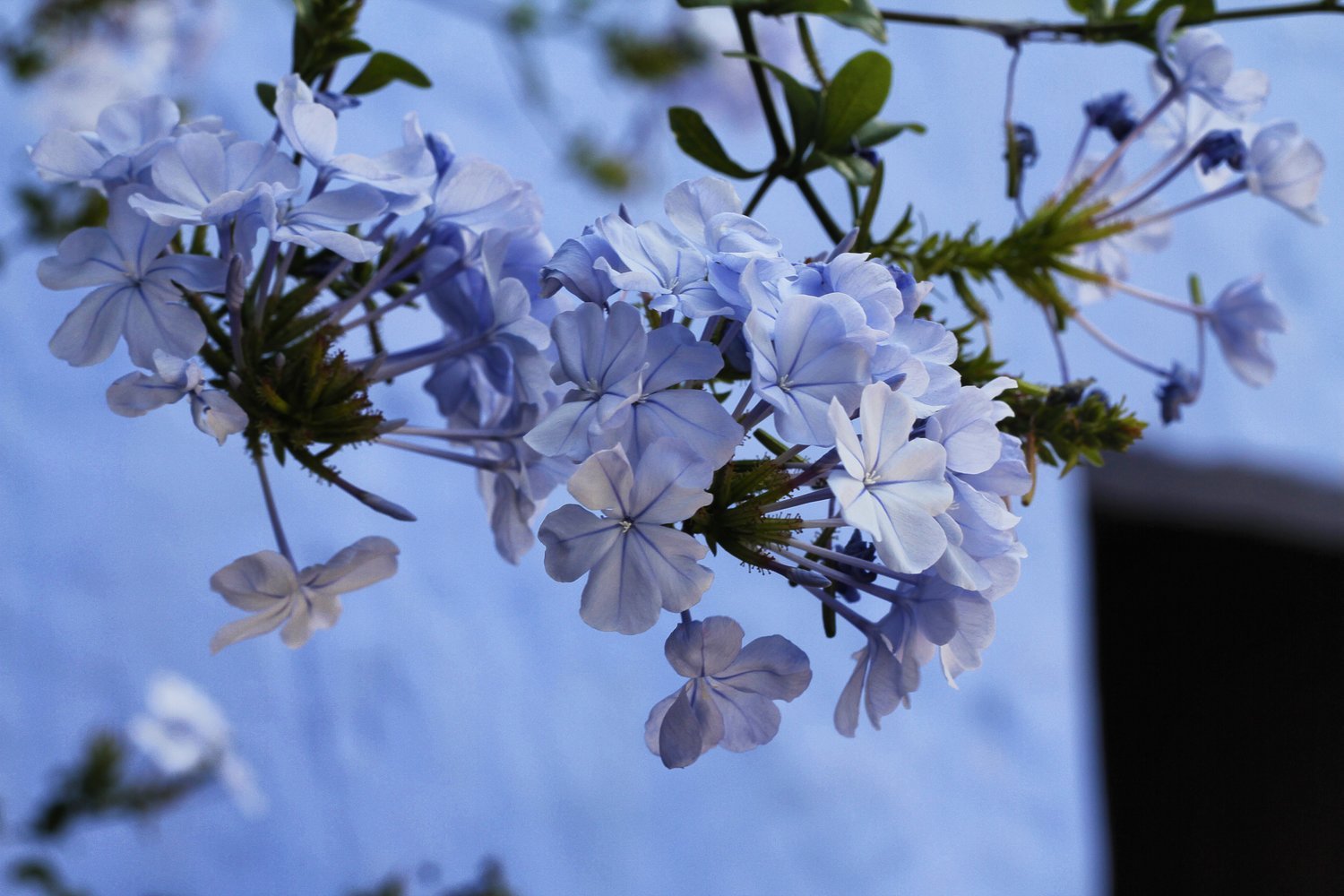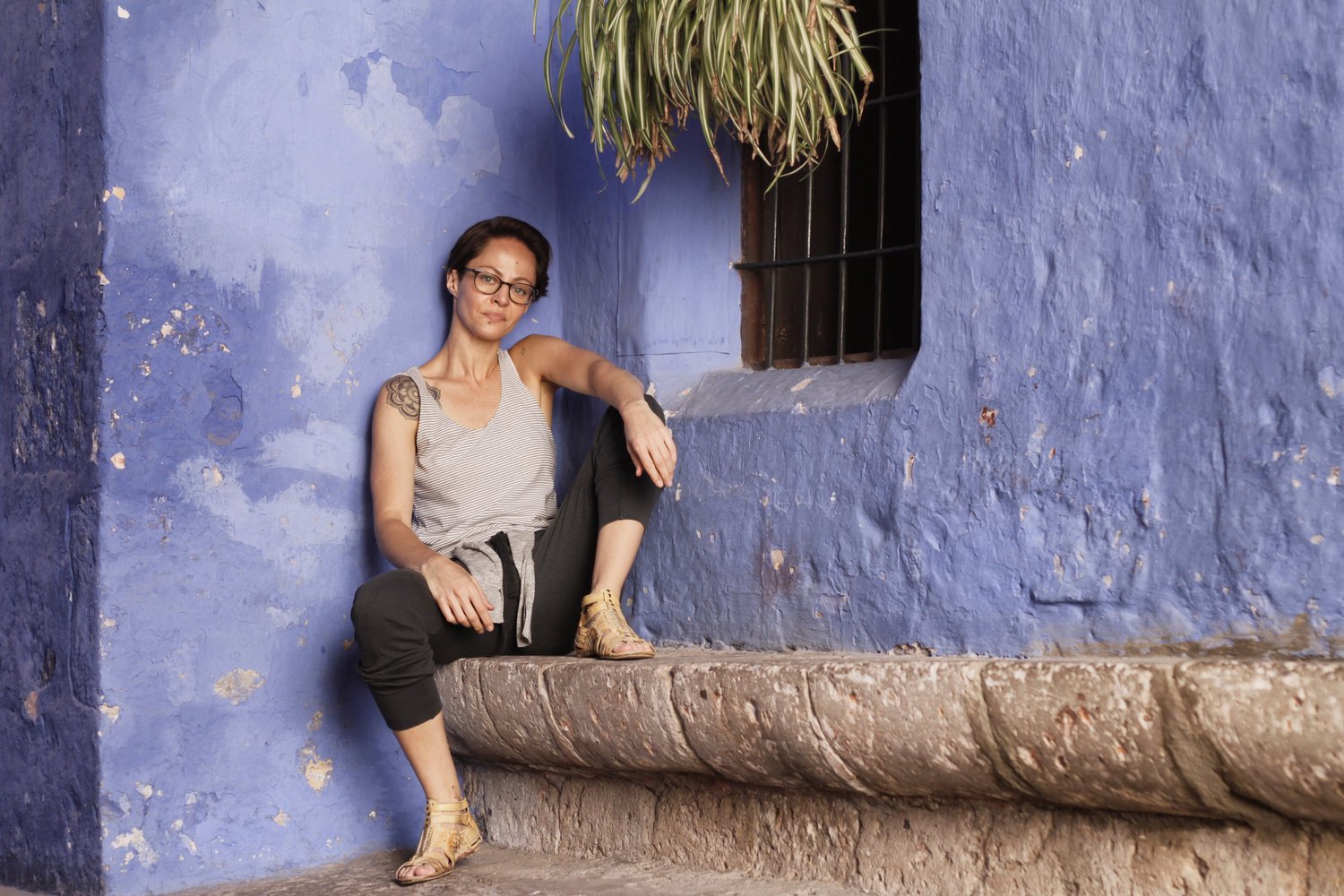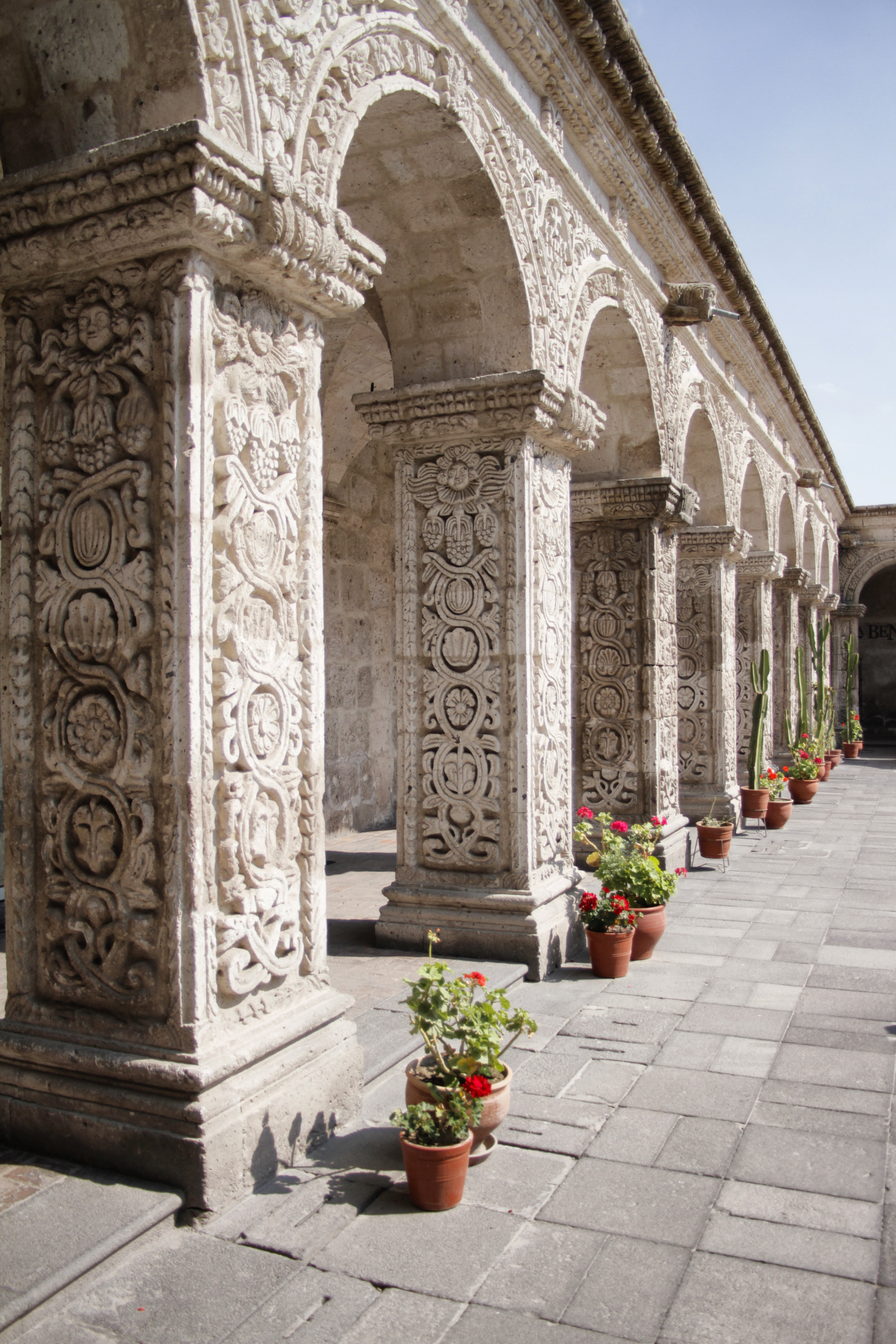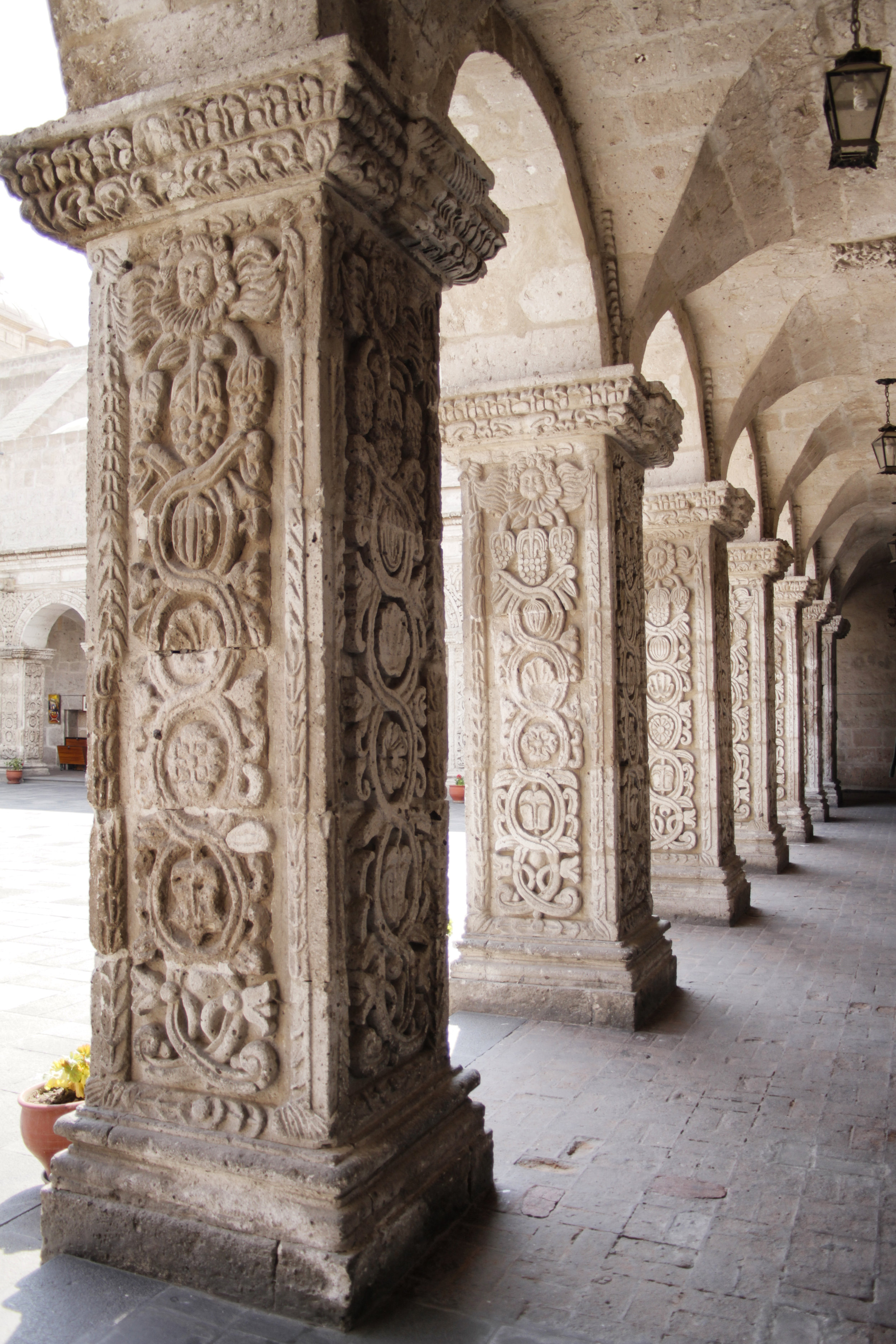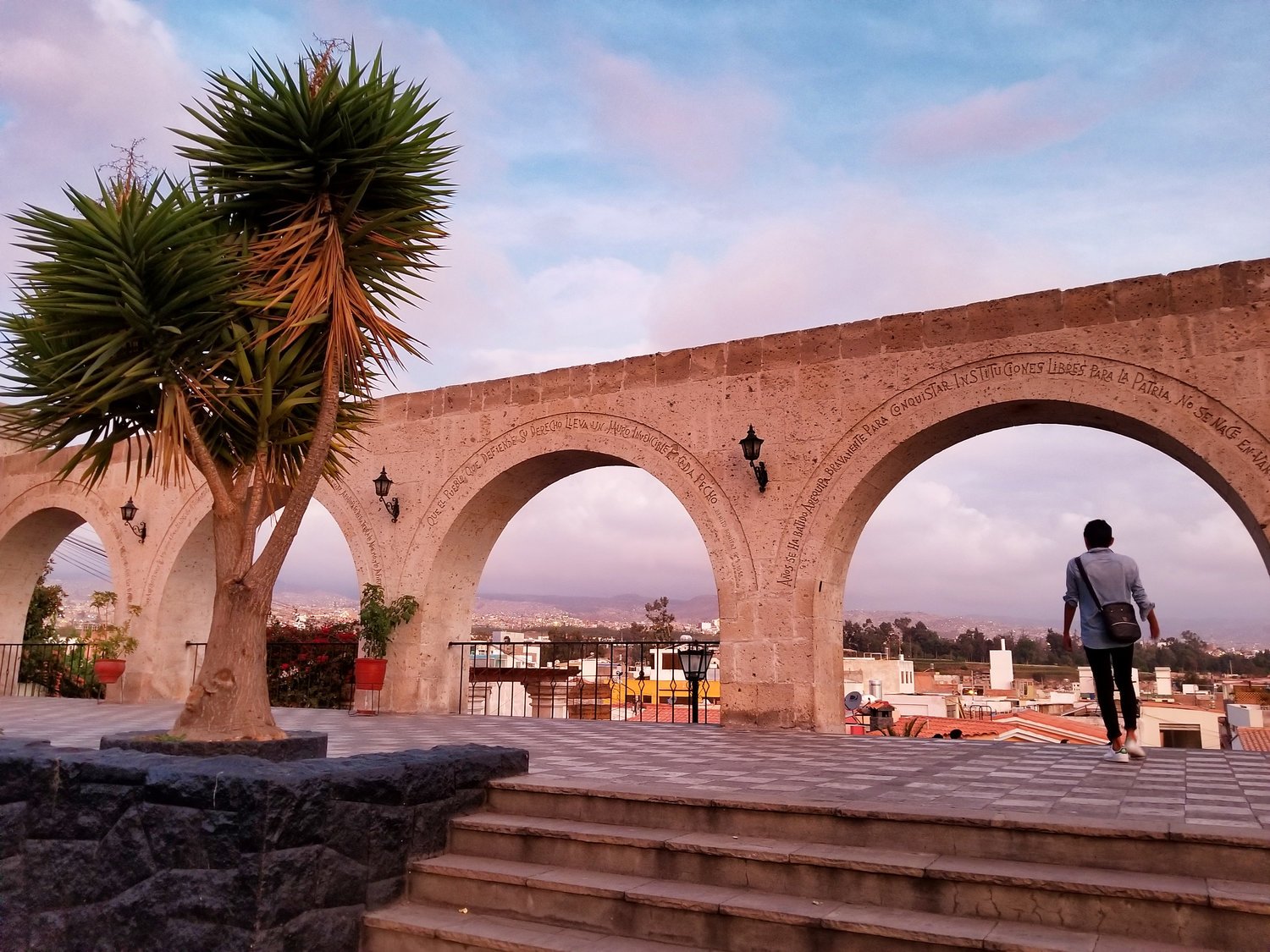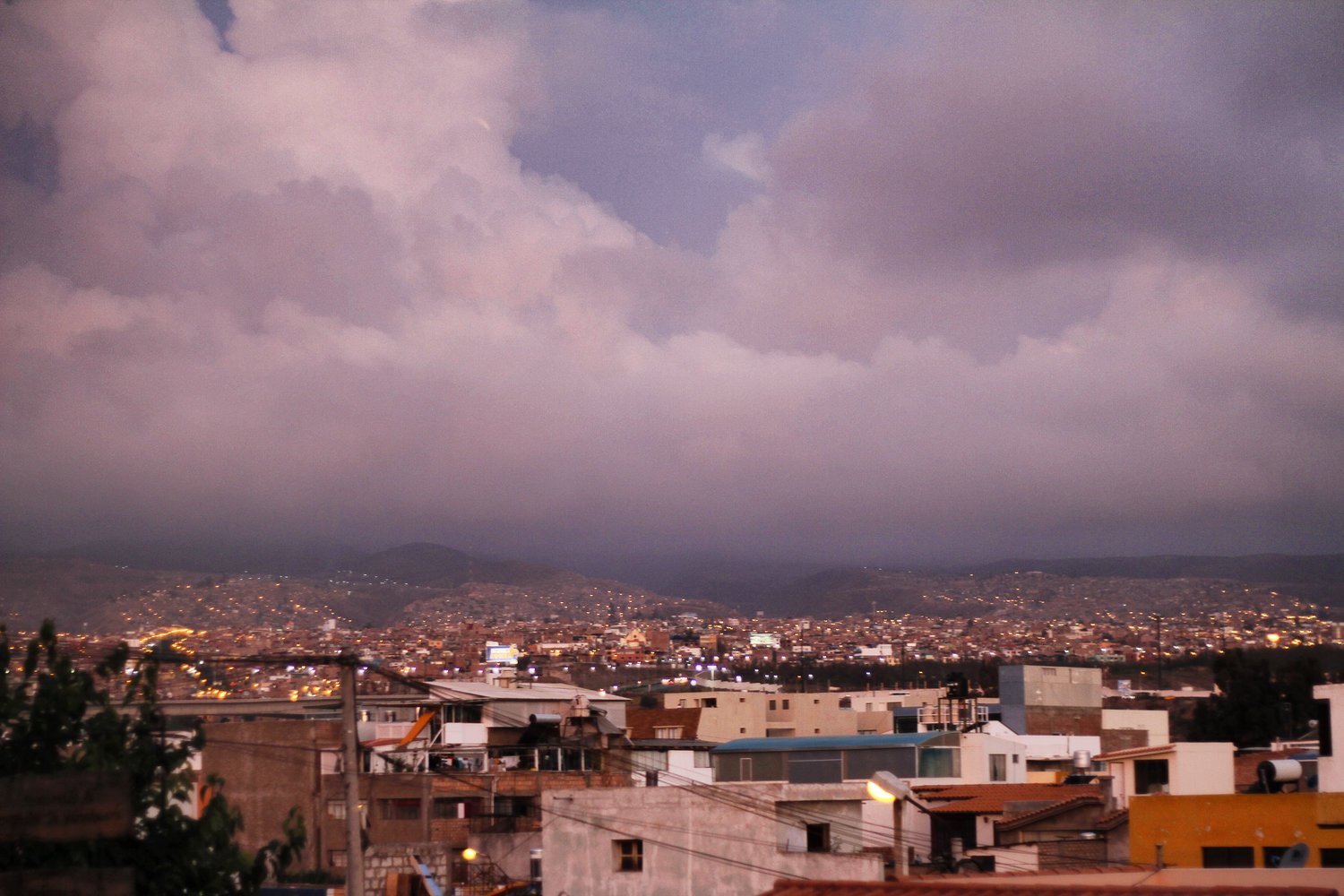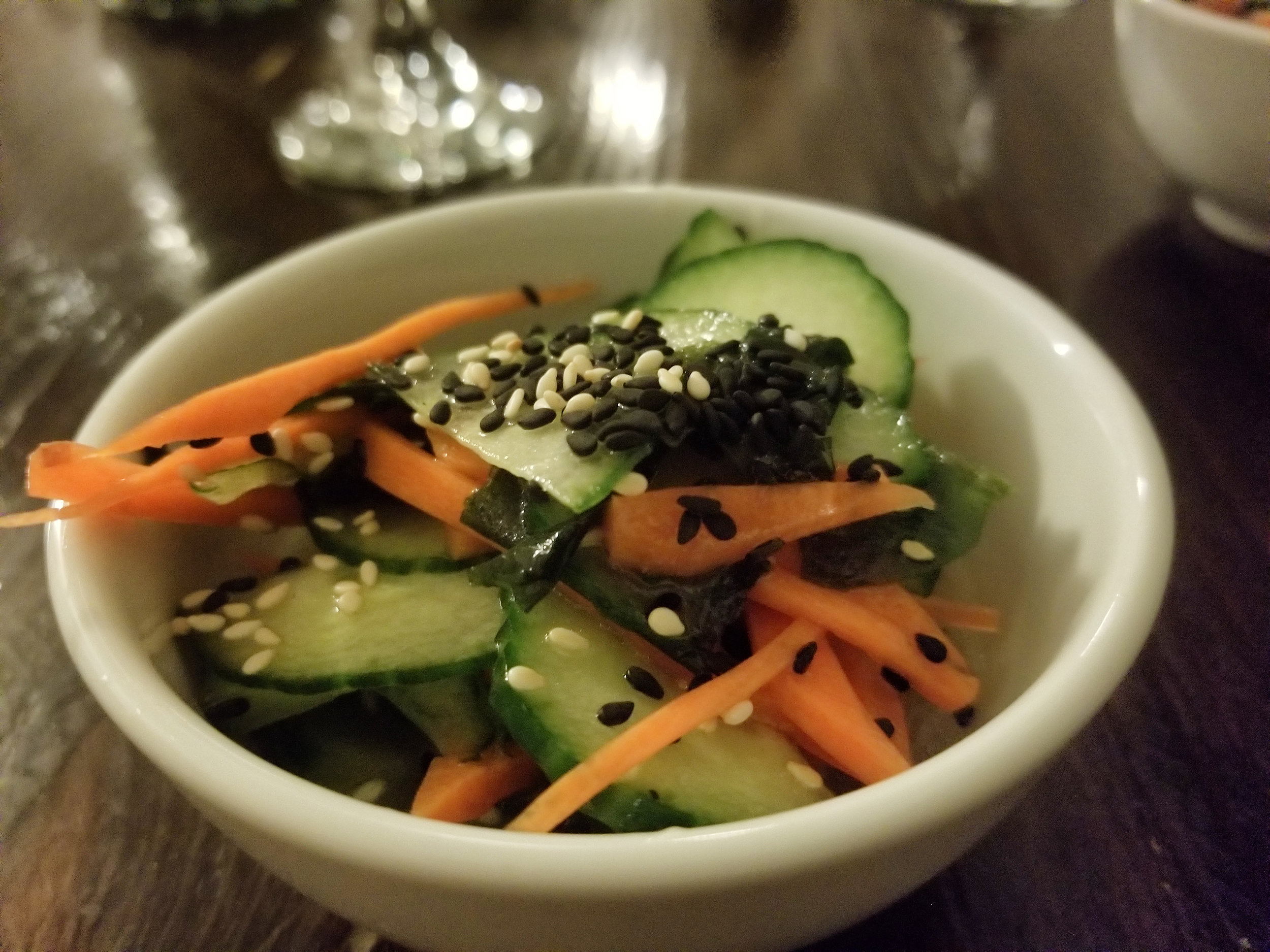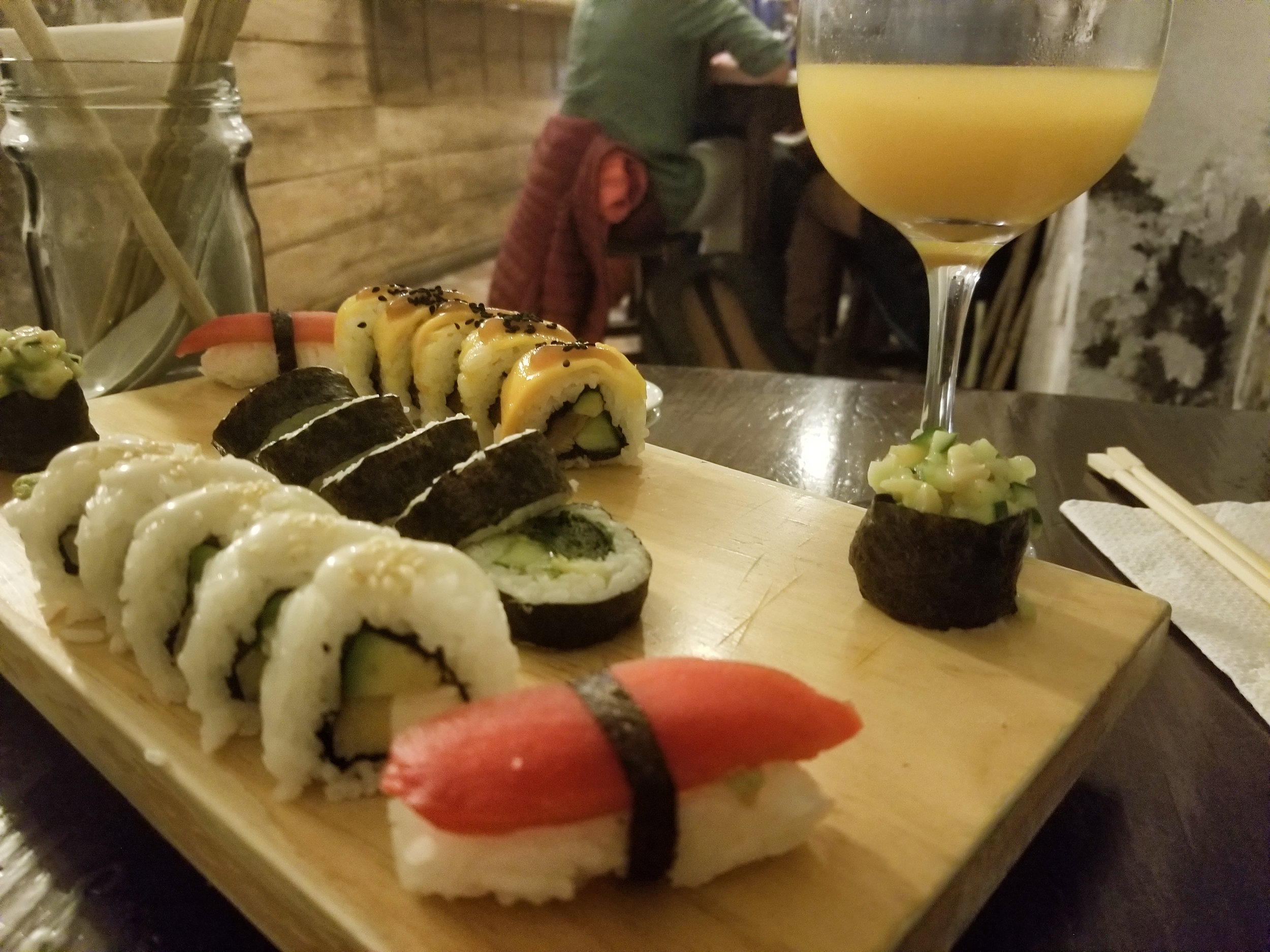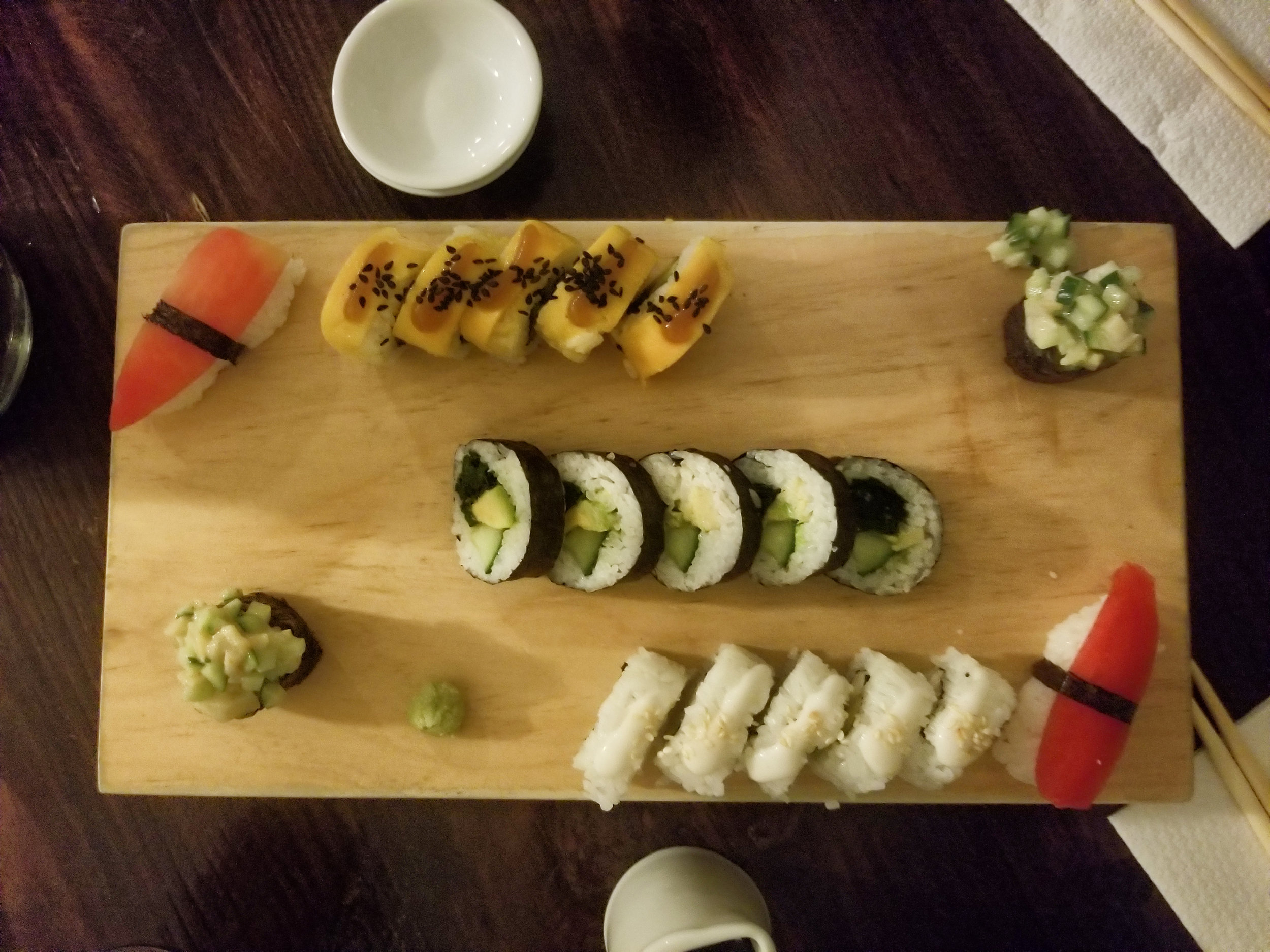Arequipa, Peru
The White City of Arequipa
Arequipa, Peru’s second largest city after Lima, and one of Peru’s most underrated cities, stole my heart within just a few days. It’s known as the White City due to its baroque style buildings made of sillar, a white volcanic stone and is surrounded by four imposing volcanoes. In addition to the incredible landscape, Arequipa feels warm and welcoming with its live music, spicy foods, antique stores and lively historic center.
My two weeks in Peru were off to a great start, spending 24 Hours in Lima to meet up with my Peruvian friend, moving on to the Islands Made of Rock & Tropical Deserts of Paracas, Dune Buggy Rides & Wine Tastings in Huacachina and the White City of Arequipa. From Arequipa, I would spend a day Hiking Peru’s Epic Colca Canyon and then travel to Cusco, Once the Capital of the Inca Empire, for a Near-Death Experience on Rainbow Mountain, tour of Sacred Valley: Peru’s Andean Highlands and journey to Machu Picchu: A Dream Come True.
After an exhausting 12 hour overnight bus from Huacachina (via Ica), my friend and I decided to split up for a few days. Esau jumped on a bus to his hometown of Ilo while I took a taxi to my hostel, Maycawasi, in the heart of Arequipa. I’d be staying in a five person shared room for $7 USD a night.
Join a Free Walking Tour
A quick nap and I was off to explore the city. Esau recommended I try a local dish in Arequipa called rocoto relleno. Rocoto relleno is a red pepper stuffed with ground beef, onion, garlic, egg and cheese served with potato. I’ll have to admit, it wasn't my favorite, a bit heavy compared to what I'd been eating, but a must try if you're in Arequipa.
With a full belly, I made my way to Las Gringas a popular pizza shop and meeting point for the free walking tour. Walking tours are hosted twice daily at 10 a.m. and 3 p.m. A huge group had gathered for the tour, maybe 30 of us. We signed in and went upstairs for a free sample of chocolate tea from Chaqchao, a famous chocolate shop.
The free walking tour lasted two hours and stopped off all over the city. Our guide was extremely passionate about Arequipa and gave us a ton of information on its history and importance in both Peru and South America.
Our group visited the main plaza of Arequipa, Fundo El Fierro, an artisan market, Alpaca World, Plaza San Francisco and other beautiful spots throughout the city. In general, I figured I'd revisit most the sites later on to take photos as it was much too hard with such a large group but at least I would get a feel for the best spots.
Fundo El Fierro Arequipa
Fundo El Fierro, meaning Iron Ranch, has quite a rich history. In years past it was used as a girls school and then a women's prison. It has now been converted to the cities first official handicrafts marketplace.
Plaza San Francisco
As the tour ended, it began to storm so I parked myself in a coffee shop drinking hot chocolate to wait out the rain. Arequipa is pretty wet, much more so than the coastal cities I'd been in previously. Best to remember a raincoat and umbrella everywhere you go as it can be sudden and unexpected.
Enjoy the Most Beautiful Plaza in South America at Night
On my way back toward the hostel, I decided to stop off for dinner finding a restaurant in the main plaza. I chose it mostly for the view which overlooked the entire square as the rain continued to fall, glistening on the stone below. At first, they showed me a menu full of touristy food with high prices but when I mentioned it was too expensive they suddenly offered "menu" prices which were much less.
As a few locals were playing live music, they stopped at each table looking for tips. I ordered an avocado salad for an appetizer, lomo saltado and a pineapple smoothie. Everything was great but I was starting to feel a stomach bug coming on and didn't have much of an appetite.
Back at the hostel I packed a small bag for the morning and my two day, one night tour to Colca Canyon. It was booked for 90 soles ($30 USD) through my hostel, Maycawasi and the tour included transportation, one night's stay in the tiny town of Chivay, breakfast and a local guide.
Dine at a Pizzeria & Shop for Antiques
After my arrival back to Arequipa from Colca Canyon I wasn't feeling great. My stomach was upset and I was suffering from motion and altitude sickness. Thank goodness the pharmacy offered some relief, as well as the coca tea. It's known as a local remedy for altitude sickness and its leaves can be found all over Peru. Coca leaves are from the coca plant and used to make cocaine. The tea is a mind stimulant similar to that of a cup of coffee but do be careful, drinking the tea can cause a positive result on a drug test for cocaine.
Even a sick girl has to eat so I walked over to Las Gringas, a popular Peruvian pizzeria featuring pizzas with quinoa flour and purple corn infused bases paired with local ingredients. Super excited, I ordered their gluten free cheese pizza with an Infusion maracuya tea. Everything was absolutely delicious.
Near the front of the plaza was a beautiful antique market with some really interesting items. Taking my time in the store, I fell in love with the handmade pillows and blankets, among so many other items.
Also, between the antique market and pizzeria lies a chocolate shop called Chaqchao. The same shop that offered chocolate tea during the walking tour, Chaqchao is famous for their hot chocolate, as well. Plus, they have some really amazing products inside the shop downstairs.
Feed Alpacas at Alpaca World
That afternoon my Peruvian friend would arrive back to Arequipa from his hometown of Ilo so I figured I'd spend the first half of the day in the city revisiting some of the best spots I discovered on the walking tour. First up though, was breakfast at a super cute cafe just north of the main plaza called Huayruro Peruvian Cafe. The dirty chai and granola with yogurt and fruit was very nice, especially the tropical fruits.
With enough caffeine and a full belly I made my way to Alpaca World (Mundo Alpaca) once again. Through the beautiful shop and out the back is a little exhibit with a dozen or so alpacas. This time I was able to get up close and personal with the alpacas and even feed them some greens without the crowds of my walking tour.
Honestly, I couldn't get enough of these cute little guys but watch out for your fingers. They definitely aren't shy and will attempt to scarf down anything within reach.
Alpaca World is meant to expose and promote the richness of the textile industry of Peru and the Andes, as well as offer an up close and personal experience with the animals. True to its purpose, they care for a wide range of both alpacas and llamas, many of which who’s wool is used to create beautiful local textiles.
In addition to the retail shop and exhibition, Alpaca World has an informational exhibit to learn about the animals, including what type of material they produce, the dying process and production methods.
Freshly sheared alpaca wool in all different shades sat piled into huge bins. The wool would then be cleaned, dyed and spun into colorful yarn.
The alpaca yarn is dyed with all natural minerals to create rich colors and then weaved into intricate tapestries by women who have learned this valuable ancient tradition. This incredible pre-Inca weaving technique is known as the "backstrap loom".
Traditional weaving is an immensely important part of identity in the high Andes, along with traditional alpaca herding and the use of the native Quechua language. Because Quechua was originally an oral language, weaving was used by people to communicate their thoughts and feelings about the natural world, tell stories and record histories.
Woven textiles continue to be a measure of wealth and play a central role in civil and religious ceremonies. Everything from the spin of the yarn and the symbols woven into the textiles, to the colors and techniques used, convey much about the weaver and where she came from.
Get Lost at Santa Catalina Monastery
On the way out I picked up an apple muffin from a. nearby shop called Dimas and then entered Convent of Santa Catalina de Siena. Built in 1579, the monastery served as a cloister for Dominican nuns from the sixteenth to eighteenth centuries and still houses a small community of nuns today. The monastery only opened to the public in 1970 due to a lack of monetary resources for upkeep.
The grounds of Santa Catalina are incredible and enormous in scale. They encompass courtyards, streets, galleries, chapels, living quarters and even access to fresh water through a gutter system.
As women entered the monastery they were committing a lifelong promise and could no longer leave the quarters. It was important they had sunlight so a ton of open air plazas and windows were designed into the monastery.
Santa Catalina is so large you can anticipate getting lost and spending a few hours exploring. I had a great time peaking in and out of hidden rooms and taking photos of tiny details. Even furniture was exceptionally well preserved.
The monastery was also full of vibrant plants, beautiful flowers and cacti all bathing in sunlight. Can’t say I've ever seen succulents so massive in all my life. There were so many colors and textures to enjoy but after some time I was ready to move on.
Admire Plaza de Armas
On the way back to my hostel, I passed through Plaza de Armas once again. Dubbed the most beautiful square in all of South America, the architecture is simply gorgeous and huge palm trees line its perimeter.
Just past the plaza is the Church of the Company, a small baroque church known for its elaborate carved facade and an interior chapel with jungle patterns and designs.
With luck, I stumbled upon a beautiful open air square shown to our group during the free walking tour. In one of the corners, is a staircase up to the second level where the views from above are gorgeous. You'll also find a few restaurants up there if you're looking for a drink.
Experience Sunset at Yanahuara Plaza
Some time later my Peruvian friend, Esau, arrived back in Arequipa. The two of us rushed out the door toward Yanahuara. Yanahuara is a suburb of Arequipa and takes about 30 minutes to reach by foot. It was a gorgeous spot to overlook the city during sunset.
The views were incredible although I was hoping to get a clear shot of one of the volcanoes surrounding the city. I'd imagine if you could find a higher viewpoint you'd be able to see much more of the landscape. The giant palms set against the pink sky were my favorite part.
As we headed out, Esau and I picked up a snack of arroz con leche (rice pudding) and then jumped into a taxi back to downtown Arequipa.
Gorge on Vegan Sushi
Ultimately, we decided on a vegan sushi spot called El Buda Profano. Vegan sushi definitely sounded a bit strange but the reviews were great so, why not. El Buda Profano turned out to be one of my favorite meals. Albeit a little salty, but incredible and I didn't know veggies could be so flavorful.
The menu offered a number of à la carte options, as well as some really nice combinations. We chose the two person combination for 50 soles or less than $20 USD. The combo included (2) salads, (6) gyoza, (4) gunkanmaki, (5) buda maki, (5) selva maki, (5) futomaki verde and (2) sopita miso. Buda Profano offers fresh daily made juices that are delicious, as well.
From Arequipa, I took a day trip through the epic Colca Canyon and then moved on to Cusco, with flights booked through Peru Air for $50 USD. From Cusco, I hiked Rainbow Mountain, tour Peru’s Andean highlands and journey to Machu Picchu.
Hiking Peru's Epic Colca Canyon
Colca Canyon, Peru
Maycawasi
Maycawasi was a really great place to stay and only two blocks from the city center. Staff there was super helpful with booking tours and information around the city and they even stored luggage on my tour to Cola Canyon. Also, the main door was secure but rooms didn’t have lockers for belongings. The hostel was comfortable with decent WiFi and showers were hot but the kitchen was small and didn’t offer a fridge or microwave. There was also rooftop patio where light breakfast of tea or coffee, bread and fruit was served each morning.




